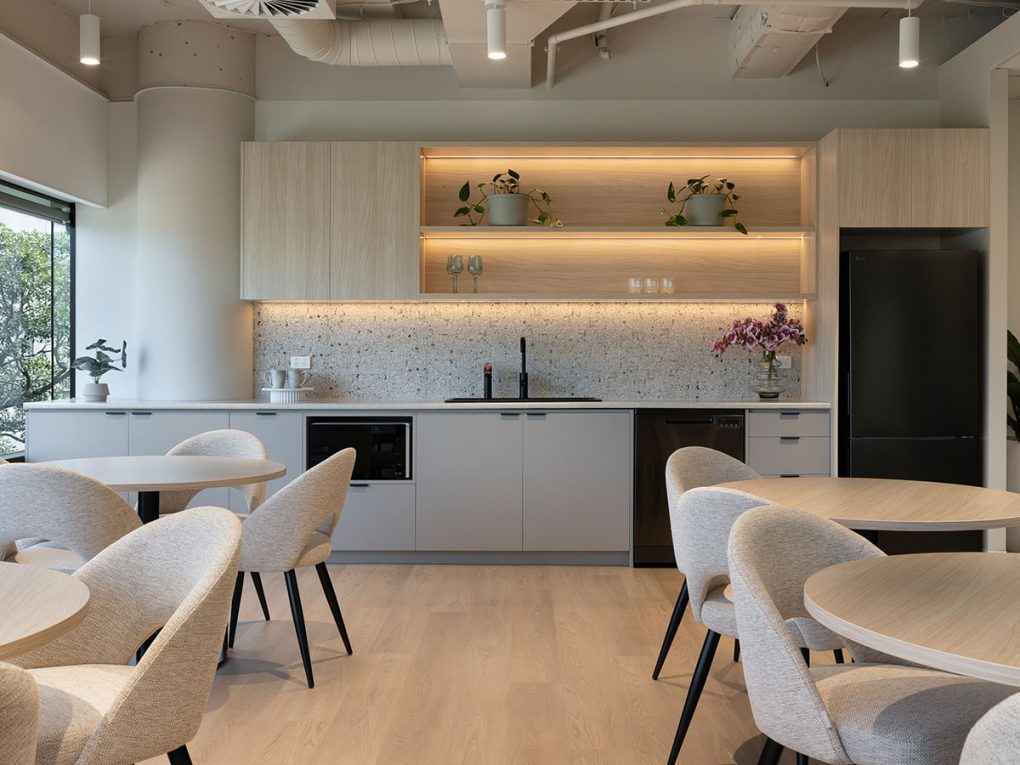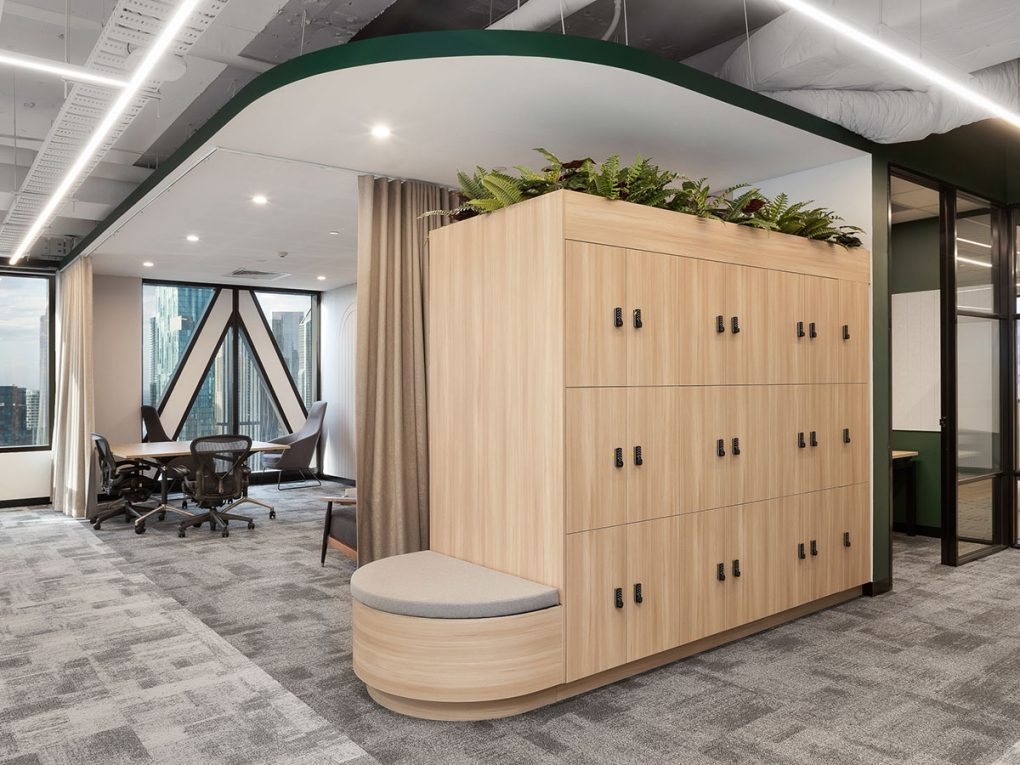The workplace as we knew it has undergone a seismic shift. The pandemic acted as a catalyst, pushing organisations to adopt remote work at an unprecedented scale. Now, as the world slowly returns to normalcy, the question arises: what is the ideal balance between office and remote work? Increasingly, research and corporate trends suggest that a three-day office week may be the optimal hybrid model, offering a balanced approach that benefits both employees and employers.
The Genesis of Hybrid Work
The sudden onset of COVID-19 in early 2020 compelled businesses worldwide to adopt remote work. Initially viewed as a temporary measure, remote work soon revealed its potential for productivity and work-life balance. Employees, particularly in white-collar sectors, revelled in the newfound freedom from commuting and the ability to manage their schedules more flexibly. However, as the pandemic wore on, cracks began to show. Issues of isolation, blurred boundaries between work and home life, and a dilution of company culture emerged.
The Data Speaks
Recent research underscores the complexity of the hybrid work paradigm. According to a study highlighted by HRreview, employees who work from the office three days a week report the highest levels of engagement and career development opportunities. The research, which surveyed 1,400 full-time, desk-based workers, found that those in the office three days a week were more inclined to participate in career development talks with their supervisors and foster new ideas. This level of engagement dropped for those in the office four or more days, although this group did show swifter decision-making capabilities when challenges or opportunities arose (HRreview).
A McKinsey analysis supports these findings, suggesting that while 22% of U.S. employees could work remotely between three and five days a week without a loss in productivity, a significant portion of the workforce performs best in a hybrid setting. Only 17% could work remotely between one and three days a week, highlighting a preference for some degree of in-office work (McKinsey & Company).
The Corporate Shift
Big names in the corporate world are not blind to these trends. Google, Uber, and Citigroup are among the high-profile companies adopting a three-day in-office policy. This shift is not just a nod to the demands of the pandemic but a strategic move to balance productivity with employee satisfaction. Google’s CEO, Sundar Pichai, emphasised this hybrid model as a means to allow employees to “spend approximately three days in the office and two days wherever they work best” (TechTarget).
This model is not merely a concession to employee demands but a thoughtful strategy to enhance organisational outcomes. Companies have realised that while remote work boosts flexibility, it does not completely replace the creative synergy and spontaneous collaboration that physical presence fosters. Uber’s Chief People Officer, Nikki Krishnamurthy, highlighted the expectation for employees to be in the office three days a week, reinforcing the value placed on in-person collaboration (TechTarget).
Balancing the Scales: Flexibility vs. Structure
One might wonder why three days seems to be the magic number. The answer lies in the balance it offers. Employees working three days in the office still enjoy two days of remote work, sufficient to maintain a semblance of the flexibility they have grown accustomed to. Conversely, the three days in the office are enough to sustain the interpersonal relationships and spontaneous interactions that fuel creativity and cohesion.
This approach is not without its challenges. A significant portion of the workforce still prefers the full flexibility of remote work. Gallup’s recent poll indicates that 72% of white-collar workers continue to work remotely, with an even higher percentage in tech-related fields (TechTarget). However, organisations mandating specific in-office days have seen higher compliance, with 60% of employees adhering to the set days compared to 35% under fully flexible models (HRreview).
The Cultural Conundrum
Company culture is another critical factor in this equation. The three-day model helps preserve the cultural fabric of organisations. Pre-pandemic, companies like Qualtrics, which had a strong in-person culture, saw nearly all their employees working from the office. Today, Qualtrics has settled on a three-day office schedule, recognising that while remote work will continue, it is not planning to expand it. This balance helps maintain the cultural integrity while offering the flexibility employees crave (TechTarget) (HRreview).
Conclusion: A Delicate Balance
The three-day in-office workweek represents a nuanced solution to the post-pandemic work conundrum. It marries the flexibility that modern employees demand with the structural benefits that organisations need to thrive. As companies continue to experiment and refine their hybrid models, the three-day workweek could emerge as a lasting legacy of the pandemic’s impact on work culture. It’s a model that acknowledges the lessons learned from a global crisis while paving the way for a more balanced and resilient future of work.
In the words of Ghassan Karian, CEO of Ipsos Karian and Box, “A three-day office routine harnesses the advantages of office-centric roles for both the company and its staff, while allowing employees the flexibility to work, think, and manage their domestic responsibilities seamlessly” (HRreview). This balanced approach could very well be the blueprint for the future of work, where flexibility and structure coexist in harmony, driving both employee satisfaction and organisational success.




